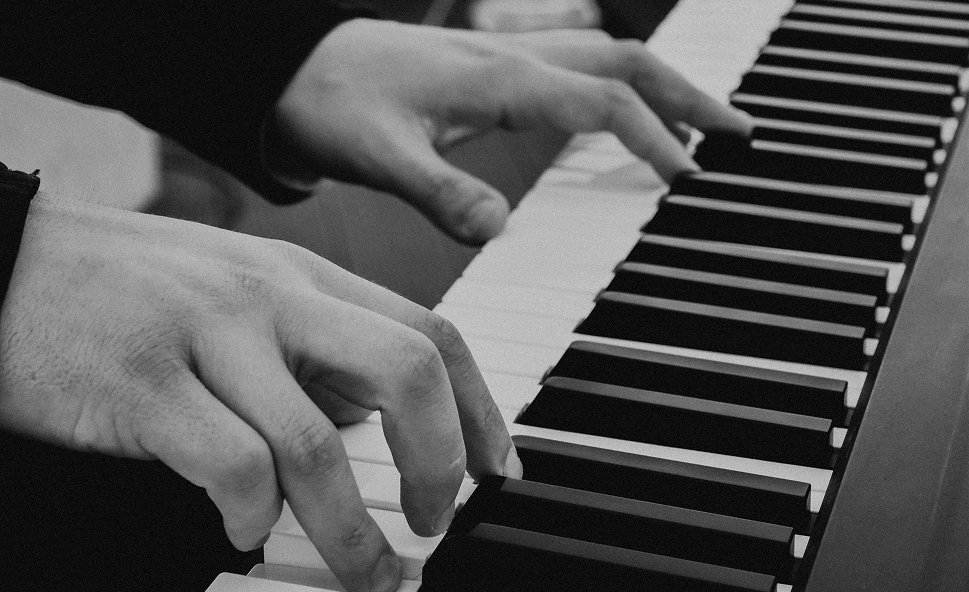
Digital pianos are gaining popularity year after year—among both beginners and advanced pianists. They are a modern solution that combines the classical playing experience with 21st-century functionality. But what actually makes a digital piano different from an acoustic grand piano, and why is it worth investing in one?
A digital piano does not have strings and hammers—the sound is generated electronically and played through built-in speakers. However, the best models faithfully reproduce the sound of a traditional concert grand, and advanced technology makes the keyboard respond to dynamics and touch almost identically to an acoustic instrument.
The greatest advantages of a digital piano include: the ability to practice with headphones (perfect for learning in an apartment), no need for tuning, a lower price, and a wide range of additional features—such as recording, metronome, rhythms, other instrument sounds, or connection to a computer and educational apps. More and more models also offer realistic hammer action, wooden keys, and technology that simulates the resonance of a piano soundboard.
A digital piano is an excellent option for those who want to play professionally but don’t have the space or budget for an acoustic piano. It works equally well at home, in music schools, and in small recording studios. For teachers, it is also a practical tool, as it allows lesson recording and online work with students.
In summary—if you dream of playing the piano but value modern features, comfort, and mobility, a digital piano will be the perfect choice.